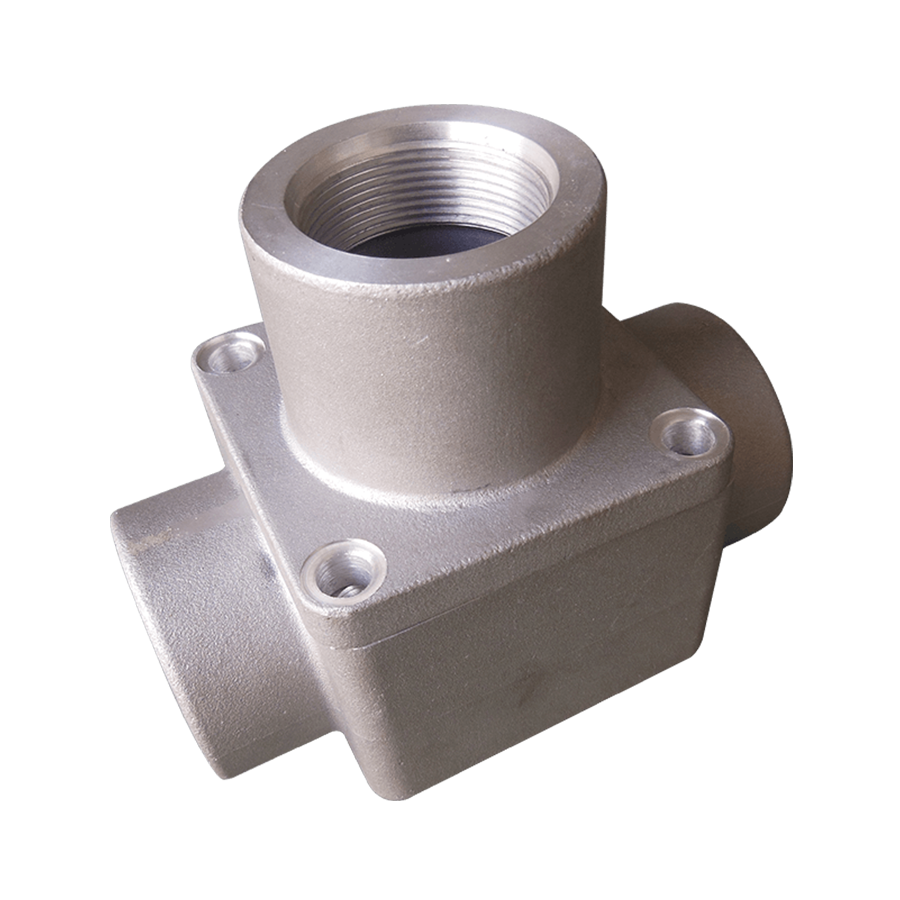Home / News / Industry News / Refrigeration Valve and Thermostatic Valve
Refrigeration Valve and Thermostatic Valve
Feb.03,2022
This process works by transferring heat from the refrigerant. The pressure inside the compressor is reduced when the sensing bulb detects superheat. When the pressure in the cylinder decreases, the pin moves upward, thus releasing refrigerant from the evaporator. This process is repeated until the temperature in the evaporator reaches the desired level. This cycle repeats until the temperature reaches a predetermined level.
In order to maintain the temperature inside the evaporator, the refrigerant must move up and down within the compressor. The process is called "freeze-thaw cycle." This process is called freezing or thawing. Once the temperature is above the set point, the refrigerant may be allowed to escape through the outlet and into the evaporator. This cycle, however, must be restarted in order to restore the desired temperature.

A good example of a thermostatic valve is the TXV expansion valve. This type of refrigeration valve is used in the condenser. It is composed of two parts: an inlet valve and an outlet valve. The inlet is located on the bottom of the evaporator while the outlet is located on the side of the refrigerator. These components are made of brass, stainless steel, or a mixture of both.
The mechanism of a thermostatic valve is designed to detect the temperature of the refrigerant in the evaporator. It works by using a sensing bulb. The bulb is in constant contact with the refrigerant flowing out of the evaporator outlet. The pressure in the evaporator reduces when the temperature decreases, and the pin moves upward. The diaphragm will move up and down and subsequently open the pressure in the compressor.
A thermostatically controlled thermostat is a great example of a thermostatic valve. The thermostat controls the temperature of the refrigerant by adjusting its resistance. A standard thermometer has a wide range of pressure settings. A pressure regulator is a critical component in the thermostat. It must be able to handle temperature variations in order to prevent overheating. A high-quality control thermostat is designed to regulate both temperature and humidity.
A service valve separates the equipment in a system from the other equipment. There are two types of service thermostatic valves: the Schrader and stem. The stem type is more complex and expensive, but they both function in the same way. They are necessary for commercial refrigeration. A refrigerator is considered a piece of refrigeration equipment if it is in commercial use. If it uses a thermostatic controller, it should be equipped with a high-quality control device to control the flow of coolant.

 简体中文
简体中文 English
English Español
Español Deutsch
Deutsch عربى
عربى

